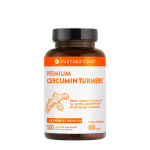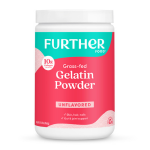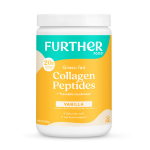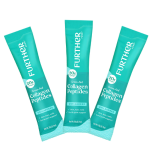- It has powerful antioxidant and anti-inflammatory properties.
- It helps to improve and enhance blood flow.
- Improves integrity of mitochondrial membranes.
- Makes energy production more efficient within mitochondria.
- Used as a supplement, astaxanthin may increase strength endurance by more than 50%.
David Asprey Explains Why Not All Salmon Is Created Equal
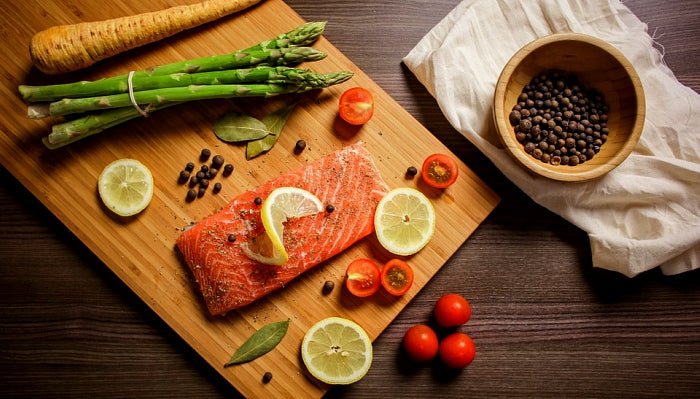
Sashimi, smoked, poached or grilled… how do you like your salmon? As one of the world’s most popular fish, salmon is surely making its mark today. But according to Bulletproof founder and biohacker David Asprey, there’s a lot more that goes into our salmon choices than the way we liked it cooked. He’s here to reel in the facts about salmon, giving us the lowdown on everything from the fish’s feed, to their nutritional differences. Let’s dive in!
If you’re like me, salmon is probably a once (or sometimes even twice) weekly meal staple. It’s a rich tasting, yet versatile fish and cooking it couldn’t be any easier. Raw salmon can be fantastic too – that is, if you are buying quality salmon. This popular fish makes for the perfect protein due to its amazing flavor coupled with several performance-boosting nutrients. And in the case of salmon, quality really does make a difference. When purchasing your salmon, consider that not all salmon is created equal. The flavor, fat content, and nutrient profile is heavily influenced by whether or not the salmon was farm-raised or wild, which body of water it came from and what the salmon ate.
So join me as I take a deeper dive (no pun intended) into the world of salmon. You’ll learn about all the potent nutrients in this tasty fish, how to select the best salmon, and last but not least, how you can cook a mean salmon filet for your next meal.
Astaxanthin: Food Coloring, Naturally
It’s always important to pay attention to the color of your food, as this can shed a lot of light on the quality of the food itself. I offer this piece of advice when it comes to salmon, among other things. You can learn so much about a piece of salmon simply by checking out how orange the fish is. A wild-caught Alaskan sockeye, for instance, should be a deep, vibrant orange. A farm-raised salmon, on the other hand, is lighter and more washed out. Why? Because farm-raised salmon are sickly fish.
The deep orange sockeye is what salmon should look like. Astaxanthin, a bright red molecule found in algae, plankton, and krill, is what makes the sockeye’s color so vivid. And this color means the fish is more powerfully nutritious. Here are some important facts about astaxanthin:











